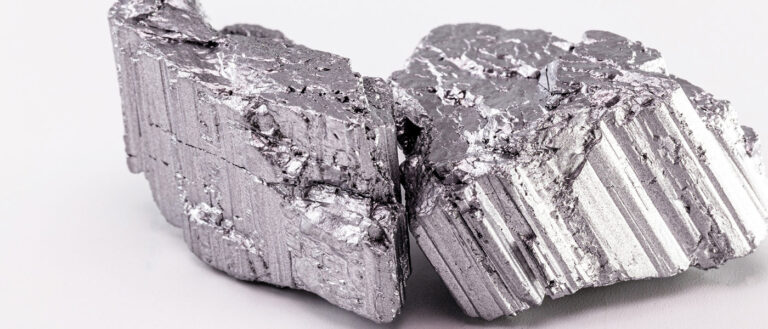Gold has captivated human civilization for centuries, revered for its beauty, durability, and value. But is gold truly as rare as it is often believed to be? In this blog post, we will delve into the world of gold and explore its true rarity, separating fact from fiction. By examining various aspects such as production, reserves, and demand, we aim to provide a comprehensive understanding of the precious metal's scarcity.
- The Production of Gold:
Gold mining is a complex process that requires significant resources and expertise. While gold is indeed extracted from the earth, the actual production levels may surprise many. According to the World Gold Council, global gold production reached approximately 3,531 metric tons in 2020. This may seem substantial, but when compared to other metals such as copper or aluminum, gold's production pales in comparison. - Reserves and Supply:
To assess the rarity of gold, we must consider its reserves and supply. Gold reserves refer to the estimated quantity of gold that can be economically extracted from known deposits. As of 2020, the total global gold reserves were estimated to be around 54,000 metric tons. While this may seem substantial, it is important to note that not all reserves are easily accessible or economically viable to mine. Additionally, the rate at which new discoveries are made is relatively low, further contributing to gold's perceived rarity. - Demand and Market Dynamics:
Gold's rarity is also influenced by its demand and market dynamics. Gold has long been sought after for its use in jewelry, investment, and industrial applications. The demand for gold is influenced by various factors such as economic conditions, geopolitical uncertainties, and cultural preferences. Despite the availability of alternative investments and materials, gold continues to be in demand, further enhancing its perceived rarity. - The Role of Perception:
Perception plays a significant role in shaping the perception of gold's rarity. The allure and mystique surrounding gold have contributed to its reputation as a scarce resource. The limited supply, coupled with its historical significance, has elevated gold's desirability and value. However, it is essential to recognize that rarity is not solely determined by physical scarcity but also by societal and cultural factors.
Conclusion:
While gold is undoubtedly a precious and valuable metal, its true rarity may be more nuanced than commonly believed. While it is not as abundant as some other metals, gold's perceived scarcity is also influenced by factors such as production levels, reserves, demand, and perception. Understanding the complexities of gold's rarity can provide a more informed perspective on its value and significance in our world.


More Stories
Choosing the Right JA Solar Panel Model for Your Needs
Why 51.2V Low Voltage LFP Batteries Deliver Exceptional Lifespan and Cycle Durability?
Unlocking Smart Energy: Key Benefits of a 3 kW Hybrid Grid Solar Inverter